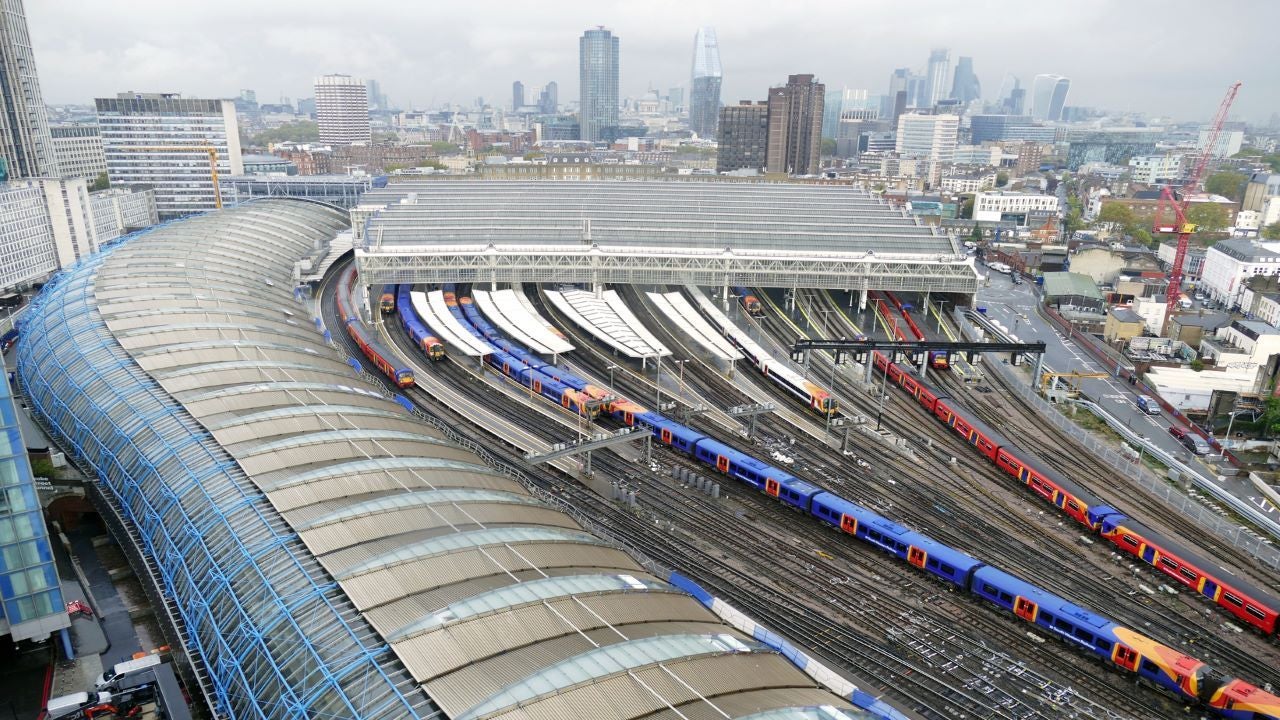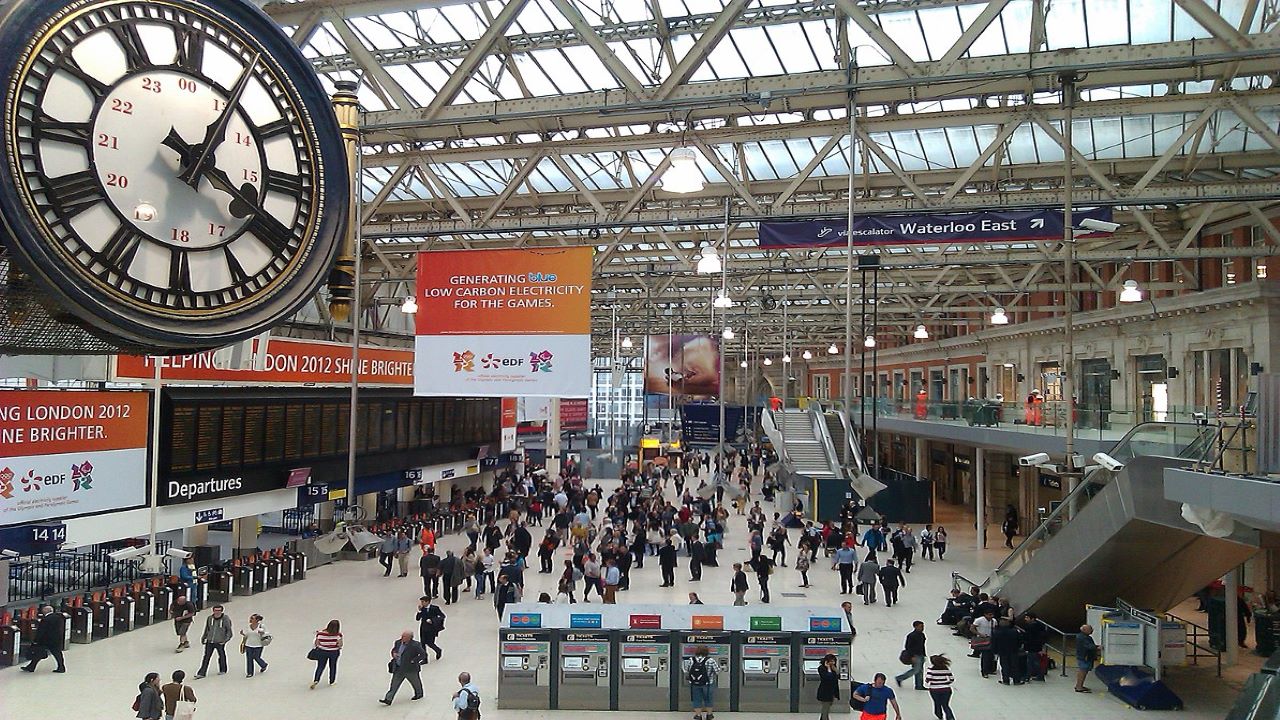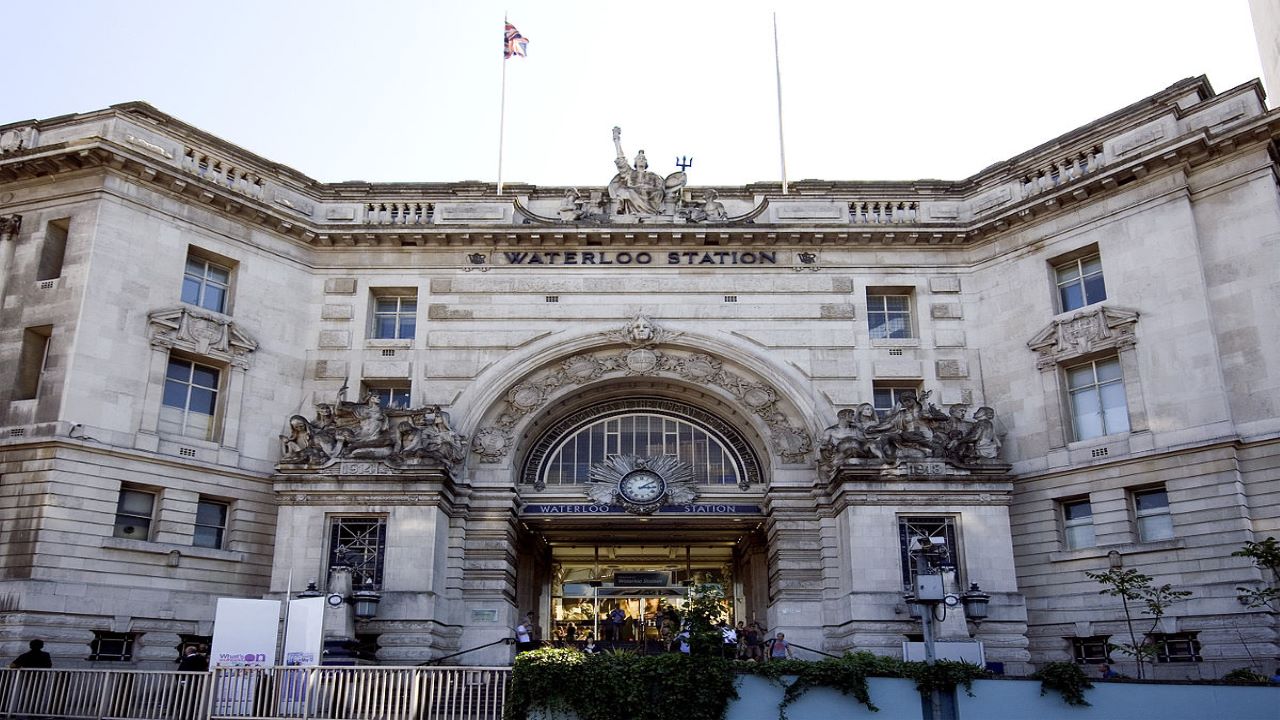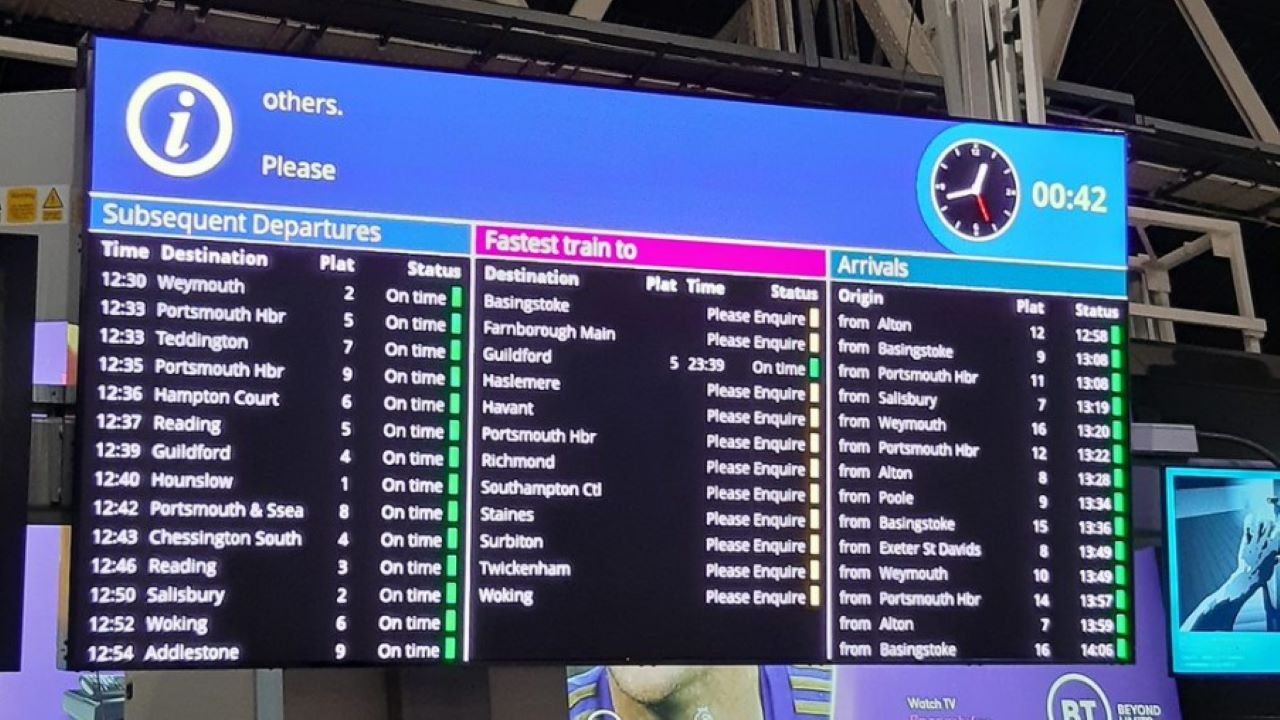London’s Waterloo station is one of the busiest railway stations in the UK, handling more than half a million passenger journeys a day and 230 million a year. The station upgrade was aimed at increasing passenger capacity and creating larger passenger circulation space.
An £800m (approximately $1.18bn) investment plan for the station upgrades was unveiled in March 2016. The project was managed by Network Rail and sponsored by the UK’s Department for Transport, South West Trains, Transport for London, and Wessex Capacity Alliance.
Waterloo station upgrade project details
The Waterloo station upgrade was a part of the £1bn ($1.5bn approximately) Wessex Capacity programme. The upgrade included spending £274m ($406.1m) each on track renewals and signalling enhancements, £182m ($269.8m) on bridges, tunnels, major structures, culverts, footbridges and earthworks, £127m ($188.2m) on building improvements, £88m ($130.4m) on electrification, £33m ($49m) on telecommunications, and £23m ($34.1m) on plant and machinery.
The upgrade included rebuilding former Waterloo International terminal, reconfiguring platforms 20 to 24, and extending platforms 1 to 4 to allow longer, ten-car trains to run to London suburban stations. The Waterloo International terminal formerly housed Eurostar journeys.
The project also included creating a modern accessible station concourse near platforms 20 to 24, and introducing a new fleet of trains with improved facilities.
Ten stations, namely Ascot, Bracknell, Camberley, Chertsey, Egham, Feltham, Martins Heron, Sunningdale, Virginia Water, and Wokingham, have been extended to allow longer trains with room for more passengers. Other works included power supply upgrade, and maintenance facilities upgrade to handle the train fleet.
Construction
Site preparation works on the station upgrade began in October 2015, followed by the construction work in December that year. The Waterloo International station was closed for all trains services in April 2016 for construction.
Platforms 20 to 22 were reopened to the public in December 2018, followed by the platforms 23 and 24 in May 2019.
A high-definition customer information display at the station was installed in July 2020.
Rolling stock
New rolling stock of Siemens-built Class 707 Desiro City trains have been introduced between London Waterloo and Windsor & Eton Riverside. A total of 150 new carriages came into operation.
The new trains are equipped with free passenger Wi-Fi, air-conditioned environment, and improved on-board train information systems.
The addition of new rolling stock increased the total number of carriages on the network to 1,599.
Contractors involved with the Waterloo railway station upgrade
The consortium consisting of Skanska, Colas Rail, Aecom and Mott MacDonald was awarded with a £400m ($592.08m) contract to upgrade the Waterloo station in January 2016.
The contract included bringing the international terminal at the station back into use for domestic train services and increasing the length of certain station platforms.
It also included delivering track alterations, signalling, communications, buildings and civil infrastructure along the Wessex Route and at Waterloo, Vauxhall, Clapham Junction, Richmond, Wimbledon and Surbiton stations.







